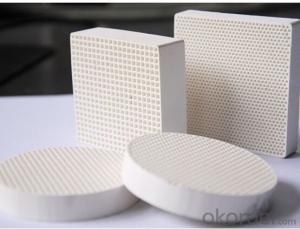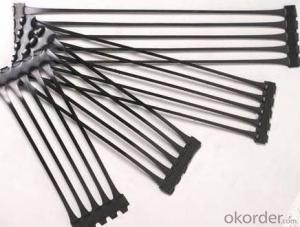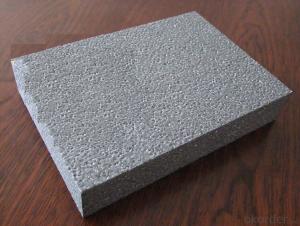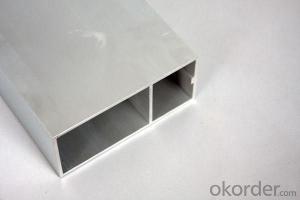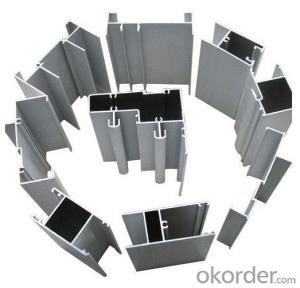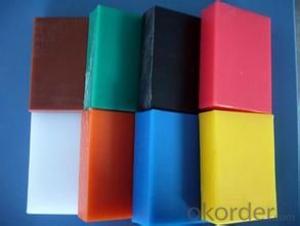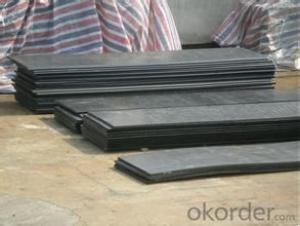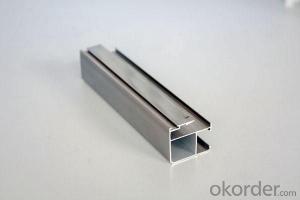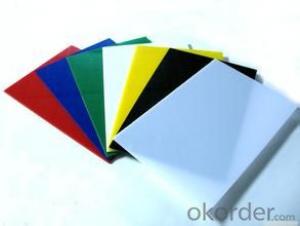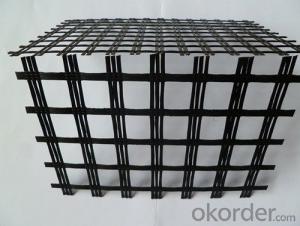Extruded Geogrid
Extruded Geogrid Related Searches
Fridge With Freezer On Bottom Driveway Pillars With Lights Blu Ray Player With Recorder Blu Ray Player With Internet Geogrid In Retaining Walls 1708 Biaxial Fiberglass Tape Pullout Resistance Of Geogrid Geogrid Warp Knitting Machine Srw 3 Series Geogrid Biaxial Plastic GeogridHot Searches
Fiberglass Scaffolding For Sale Fiberglass Panels For Sale Fiberglass Greenhouses For Sale Geogrid Fabric For Sale Gas Powered Core Aerator For Sale Revolution 4 Propeller For Sale Alabaster Carving Stone For Sale Geogrid For Sale Near Me Tensar Geogrid For Sale Geogrid For Sale Ex Display Log Cabins For Sale Photoelectric Cells For Sale Athletic Lockers For Sale Cubicle Partitions For Sale Stearman Propeller For Sale Palram Greenhouses For Sale Gumbo Bowls For Sale Suzuki Propellers For Sale Freight Crates For Sale Outhouse Sheds For SaleExtruded Geogrid Supplier & Manufacturer from China
Okorder.com is a professional Extruded Geogrid supplier & manufacturer, offers integrated one-stop services including real-time quoting and online cargo tracking. We are funded by CNBM Group, a Fortune 500 enterprise and the largest Extruded Geogrid firm in China.Hot Products
FAQ
- What is the meaning of the geogrid check bond frequency 2%
- Geogrid has a break elongation
- Geogrids improve the performance of geocomposites by providing reinforcement and stabilization. They enhance the load-bearing capacity and tensile strength of the geocomposite, helping to prevent soil erosion and improve overall stability. Geogrids also increase the longevity and durability of the geocomposite, making it more resistant to deformation and damage.
- The tensile strength of a steel bar is about the number of cattle per square millimeter per square millimeter. The tensile strength of Gsa's cattle per meter, understand the carrying capacity of tensile Gsa every one meter in width is the number of cattle (considering Gsa gap), or single Gsa every one meter in length tensile capacity is the number of cattle (the size effect of Gsa does not consider the length direction). Please advise!
- The tensile strength of geogrid is most units per meter number kn, because the steel mesh size is uncertain, unlike the types of glass fiber grid less, as long as know what type of glass fiber yarn will be able to know what is the tension
- Yes, geogrids can be installed on steep slopes. Geogrids are commonly used in slope stabilization applications to reinforce the soil and prevent erosion. They provide stability and support to the slopes, even in challenging terrains with steep inclines.
- Yes, geogrids are effective in stabilizing coastal dunes. Geogrids provide structural support and reinforcement to the dune system, preventing erosion and enhancing stability. They help to retain sand and prevent its displacement due to wind and water forces, thus preserving the integrity of coastal dunes.
- Application and effect of steel plastic geogrid
- When the soft ground treatment when the roadbed filling height of 3-4 meters or between the Luqiao Union, to prevent uneven settlement.Widening of old road to prevent longitudinal cracks in the old and new subgrade.
- Geogrids can be installed using various methods such as direct placement, mechanical connection, and soil reinforcement techniques. Direct placement involves laying the geogrid directly on the subgrade or soil surface. Mechanical connection refers to connecting the geogrid to existing structures or other geosynthetic materials using fasteners or anchors. Soil reinforcement methods involve embedding the geogrid within the soil to enhance its tensile strength and stability. The choice of installation method depends on the specific project requirements and the desired outcome.
- Yes, there are limitations and drawbacks to using geogrids. Some of the limitations include the need for proper installation and compaction to achieve desired performance, as well as the requirement for an appropriate soil structure to effectively interlock with the geogrid. Additionally, geogrids may not be suitable for certain soil types, such as highly compressible or expansive soils. Other drawbacks include potential damage during installation, high cost compared to conventional soil reinforcement methods, and potential long-term degradation due to environmental factors.

















